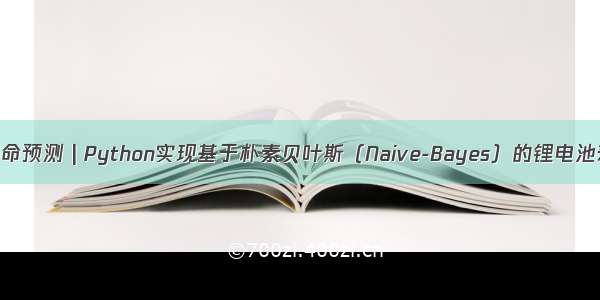
Implementing Naive Bayes in Python
To actually implement thenaive Bayes classifiermodel, we’re going to usescikit-learn, and we’ll import ourGaussianNBfrom sklearn.naive_bayes.
import numpy as npimport pandas as pdfrom sklearn.model_selection import train_test_splitfrom sklearn.naive_bayes import GaussianNBfrom sklearn.metrics import accuracy_scoreimport matplotlib.pyplot as pltimport seaborn as sns
Load the Data
Once the libraries are imported, our next step is to load the data, stored in the GitHub repository linked here.
df = pd.read_csv('Naive-Bayes-Classification-Data.csv')df
Also, in the snapshot of the data below.
Data pre-processing
Here, we’ll create the x and y variables by taking them from the dataset and using thetrain_test_splitfunction of scikit-learn to split the data into training and test sets.
Note that the test size of 0.25 indicates we’ve used 25% of the data for testing.random_stateensures reproducibility. For the output oftrain_test_split, we getx_train,x_test,y_train, andy_testvalues.
x = df.drop('diabetes', axis=1)y = df['diabetes']x_train, x_test, y_train, y_test =train_test_split(x, y, test_size=0.25, random_state=42)
Train the model
We’re going to usex_trainandy_train, obtained above, to train ournaive Bayes classifier model. We’re using the fit method and passing the parameters as shown below.
model = GaussianNB()model.fit(x_train, y_train)
Prediction
Once the model is trained, it’s ready to make predictions. We can use thepredictmethod on the model and passx_testas a parameter to get the output asy_pred.
Notice that the prediction output is an array of real numbers corresponding to the input array.
y_pred = model.predict(x_test)y_pred
# outputarray([1, 1, 1, 0, 0, 0, 1, 0, 0, 1, 0, 0, 0, 0, 0, 1, 1, 1, 1, 0, 0, 1,1, 0, 0, 0, 1, 1, 0, 0, 0, 1, 0, 1, 0, 1, 1, 0, 0, 0, 1, 0, 0, 0,0, 0, 1, 1, 1, 1, 0, 1, 0, 1, 1, 1, 1, 1, 1, 1, 0, 1, 1, 1, 0, 1,1, 0, 1, 1, 0, 0, 0, 0, 1, 1, 0, 0, 1, 1, 0, 0, 0, 0, 0, 0, 0, 1,0, 1, 0, 0, 1, 0, 1, 1, 0, 1, 1, 1, 1, 1, 1, 0, 0, 1, 1, 0, 1, 0,1, 0, 1, 0, 0, 1, 0, 0, 1, 1, 1, 0, 0, 0, 0, 1, 1, 0, 1, 1, 1, 0,0, 0, 1, 1, 1, 1, 0, 1, 1, 0, 1, 1, 1, 1, 0, 0, 1, 1, 0, 1, 0, 0,1, 1, 1, 0, 0, 1, 1, 1, 0, 1, 1, 1, 0, 0, 1, 1, 1, 0, 1, 0, 0, 1,0, 1, 1, 1, 1, 1, 0, 0, 0, 1, 1, 1, 0, 1, 1, 1, 1, 0, 0, 1, 0, 0,0, 0, 1, 1, 1, 1, 0, 1, 1, 1, 0, 0, 1, 1, 1, 1, 1, 1, 1, 1, 0, 0,1, 1, 0, 0, 1, 1, 1, 1, 0, 0, 1, 0, 0, 1, 0, 1, 1, 0, 1, 0, 1, 0,1, 0, 1, 0, 0, 0, 0])
Model Evaluation
Finally, we need to check to see how well our model is performing on the test data. For this, we evaluate our model by finding the accuracy score produced by the model.
accuracy = accuracy_score(y_test, y_pred)*100accuracy
# output92.7710843373494
















